Demonstrating what’s possible with the right balance and support
Featured Products Promotional FeaturesPosted by: Dental Design 27th October 2020
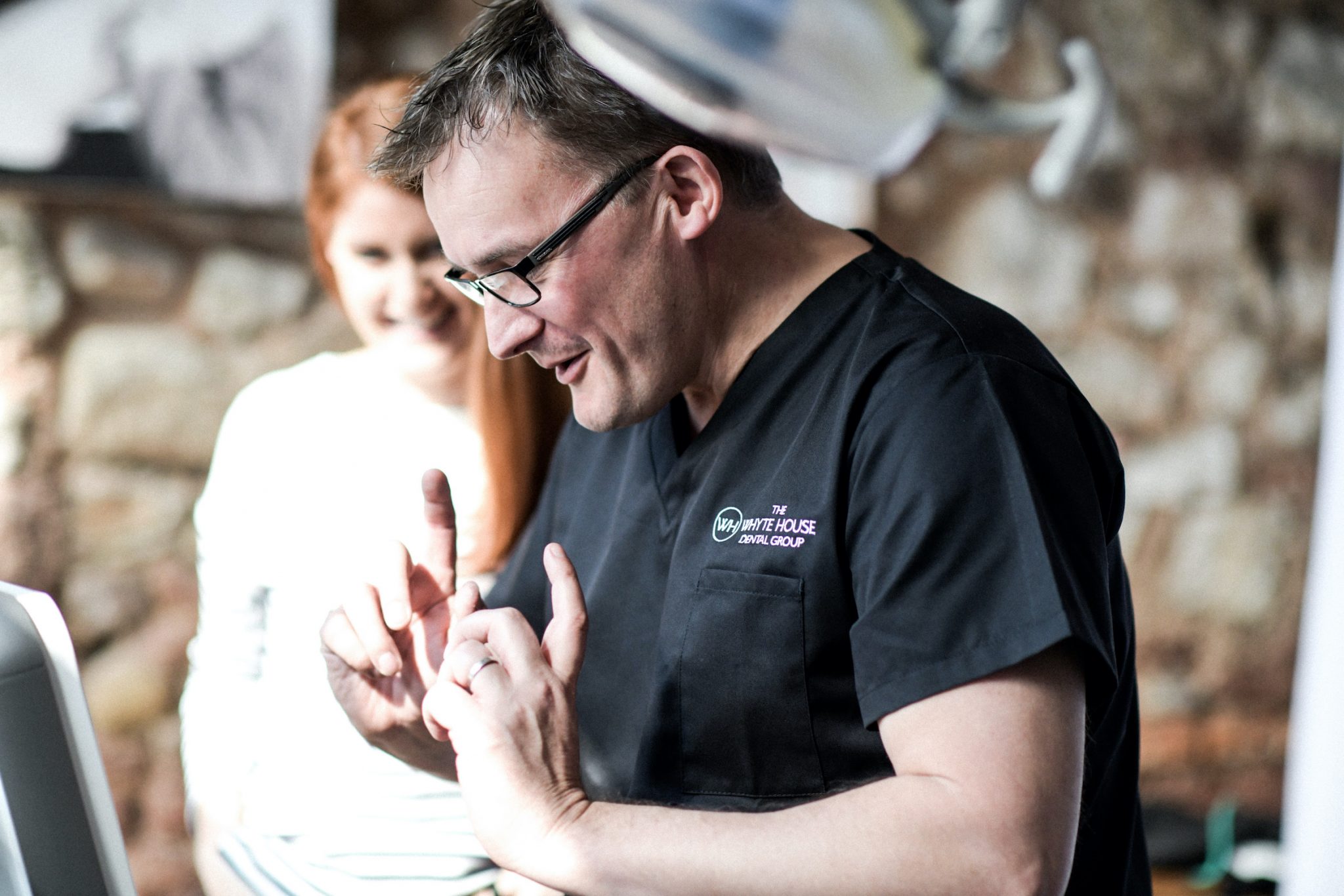
Dr Grant McAree, Principal of The Whyte House Dental Group in Exeter, has changed the way he does dentistry over the years. He used the support and mentorship of colleagues at IAS Academy to improve his work-life balance while delivering advanced orthodontics to his patients. Here he reflects on how he got started and how he hopes to help others, as well as sharing a case he was proud to recently complete.
I remember the first IAS Academy course I went on with the amazing, energetic and much missed Anoop Maini, many years ago now. He said, “There will only be a small number of you who will take these skills away and use them” – three years later, I provided 100% orthodontics. I later attended the IAS Advanced Course with Professor Ross Hobson, my mentor today. The case presented was fully supported, with guidance provided by Professor Hobson every step of the way. I would therefore like to share the success and the outcome with him. His no-nonsense approach to orthodontics and extensive experience has changed the way I do dentistry. My work-life balance is also now a healthy one as a result. I have been able to step off the treadmill and provide orthodontics safely and under the watchful eye of someone who knows better.
Anoop was one of the first people to ask me to speak to an IAS Academy group in London. I spoke about how to increase case numbers and shared the marketing and advertising tips and tricks. I utilise in the many squat practices I have built over the years. I now provide a mentoring service for dentists who want to find a better work-life balance by getting off the treadmill we often find ourselves on. Life as a dentist can be tough, it can be stressful. Support from a group like IAS Academy can ease the burden. Having someone watch over your shoulder to help stop things going south or provide support when it does, takes the pain and stress away. The following case is one I am particularly proud of, given the complexity of the treatment, as well as the support and encouragement I received throughout.
Case presentation
A female patient came to me complaining of post-orthodontic relapse after she had not worn her retainers following the course of treatment. She was mainly concerned about her top anterior teeth and her crowded lower arch. The upper left premolar was also a cosmetic issue.
A comprehensive orthodontic assessment was conducted (Table 1). Mild crowding was identified in the upper arch, along with moderate lower labial crowding. A Talon Cusp was also present on the UL5, which the patient was particularly aware of.
Table 1:
| Skeletal | Class II | |
| FMPA | High | |
| Lower Face Height | Increased | |
| Facial Asymmetry | Increased nasal-labial angle | |
| Soft tissues | Potentially competent lips | |
| Overjet | 9mm | |
| Overbite | 60% | |
| Crossbite | None | |
| Displacement on closure | None | |
| Incisor Relationship | Class II Div I | |
| Molar relationship | Class I | |
| Canine Relationship | Class II ¼ unit | |
| Teeth Present | 654321 | 123456 |
| 654321 | 123456 | |
| Centrelines | Lower centreline not coincident with face | |
Treatment planning
All possible treatment options were discussed with the patent in detail. This included the removal of the first premolars or second as well as Invisalign, non-extraction alignment with fixed appliances and of course do nothing. Due to the amount of lower flaring required for alignment on a non-extraction approach could have led to a higher risk of gingival recession, which is less than ideal. As such, the decision was made to approach this case conventionally and with extractions. The upper left second premolar was an issue for the patient, so correction of this was incorporated early into the treatment planning discussions.
Clinical photographs and 3D scans were taken of the upper and lower arches, and the wire sequence planned for treatment.
Treatment provision
A UFA LFA lingual arch/nance appliance was used in this case. I followed the standard archwire sequence as set by IAS Academy and the patient returned to the practice at 6-week intervals for review. The wires were changed, IPR performed progressively and progress was documents with photographs. The patient’s compliance with oral hygiene remained excellent throughout and she didn’t miss any appointments. Alignment was completed over the course of approximately 18 months.
Case appraisal
While both the patient and I were pleased with the outcome in this case, it was not perfect. The lower incisors could have been more detailed and the spacing between the lower 4s and 6s could have been further improved. However, the patient was happy with the result achieved and was keen to remove the appliance. She was made aware of the compromise but was completely satisfied to finish treatment there.
To be part of a transformation like this is why I got into dentistry – it epitomises the joy you can get from doing a good job. When you achieve this type of outcome – with a minimal intervention – it may or may not be appreciated by the patient. To obtain a Class I molar/incisor and canine relationship is an achievement only a dentist can really appreciate and get excited about. Patients commonly only appreciate the smile aesthetics at the end of treatment. While the patient in this case was thrilled with the result, I remain particularly ecstatic.
Case images
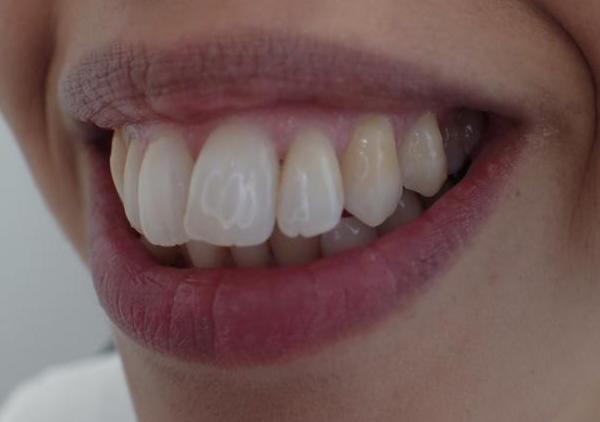
Figure 1 – pre treatment left lateral
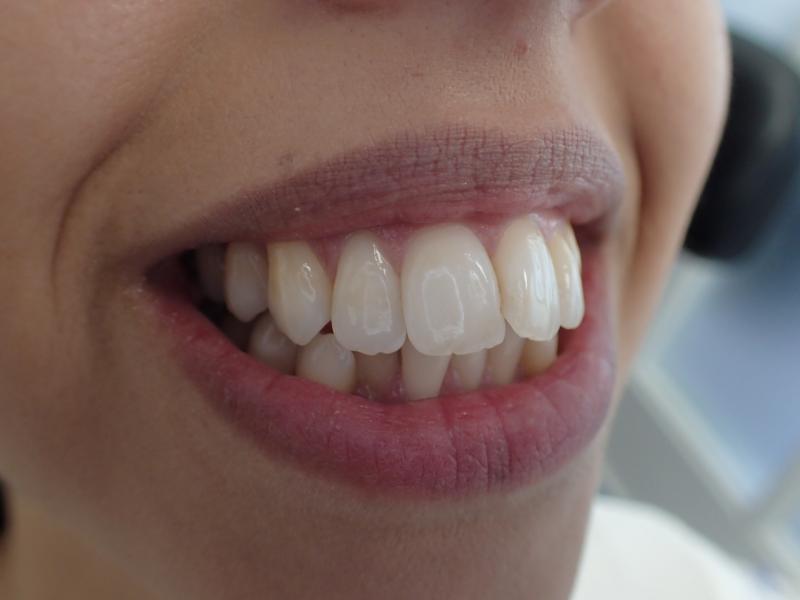
Figure 2 – pre treatment right lateral
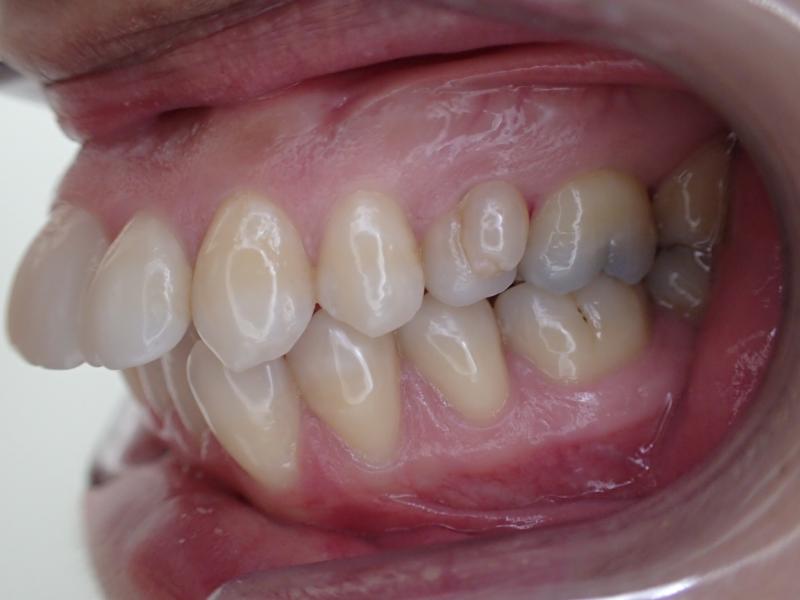
Figure 3 – pre treatment left retracted
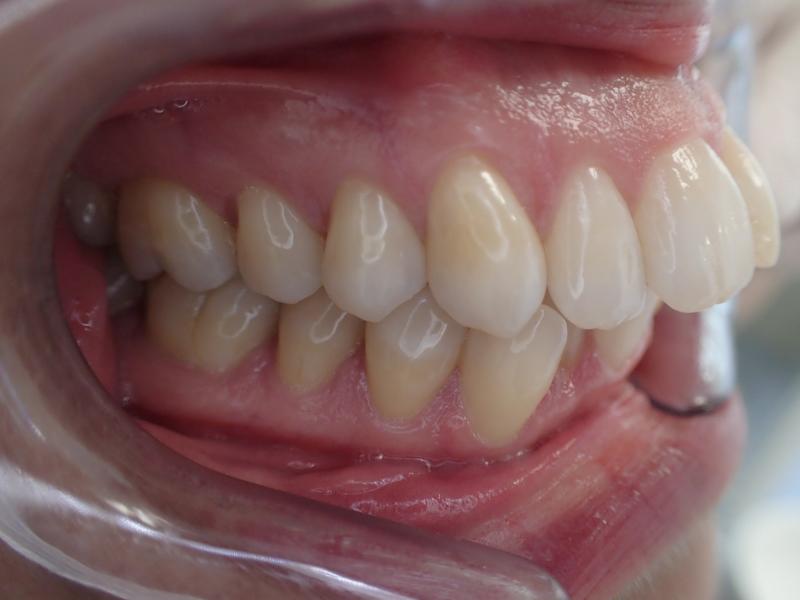
Figure 4 – pre treatment right retracted
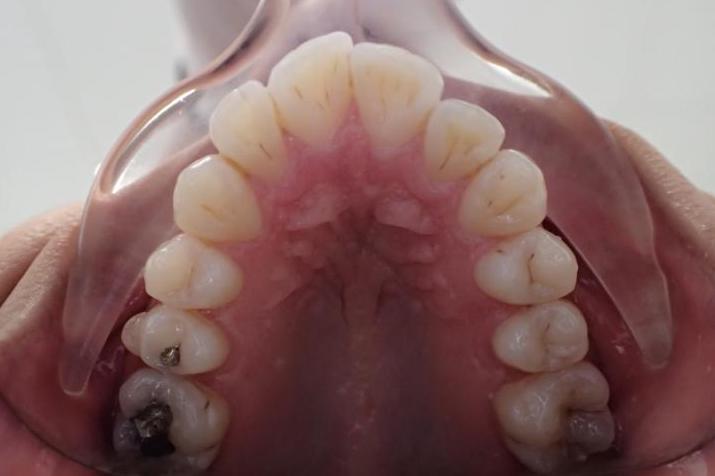
Figure 5 – pre treatment upper occlusal
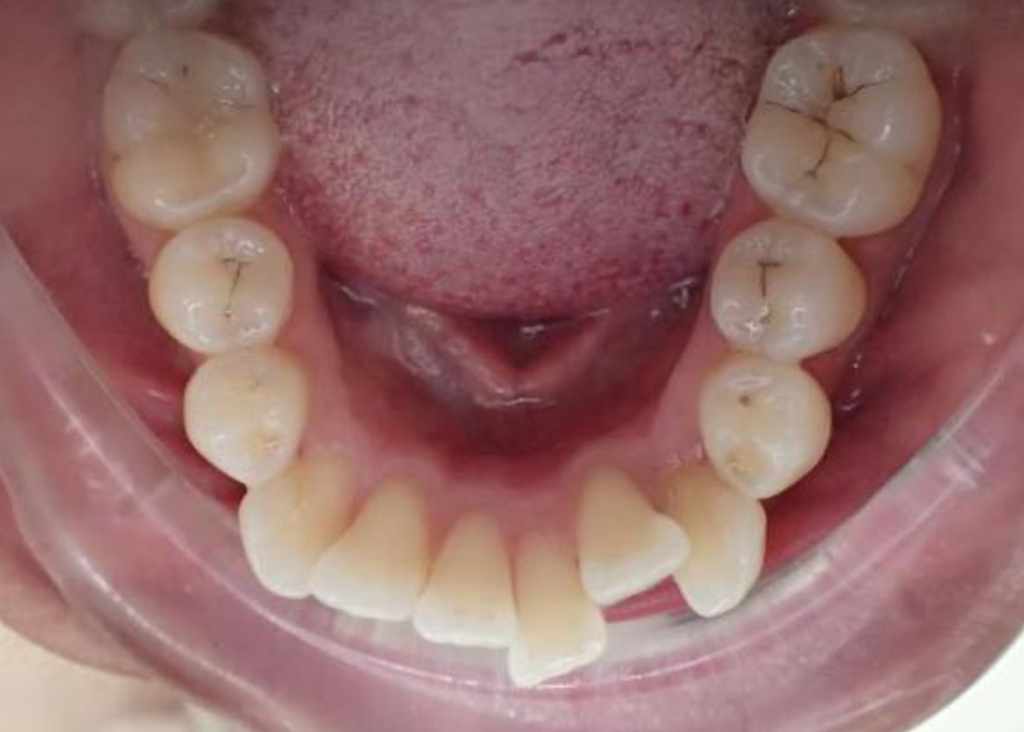
Figure 6 – pre treatment lower occlusal
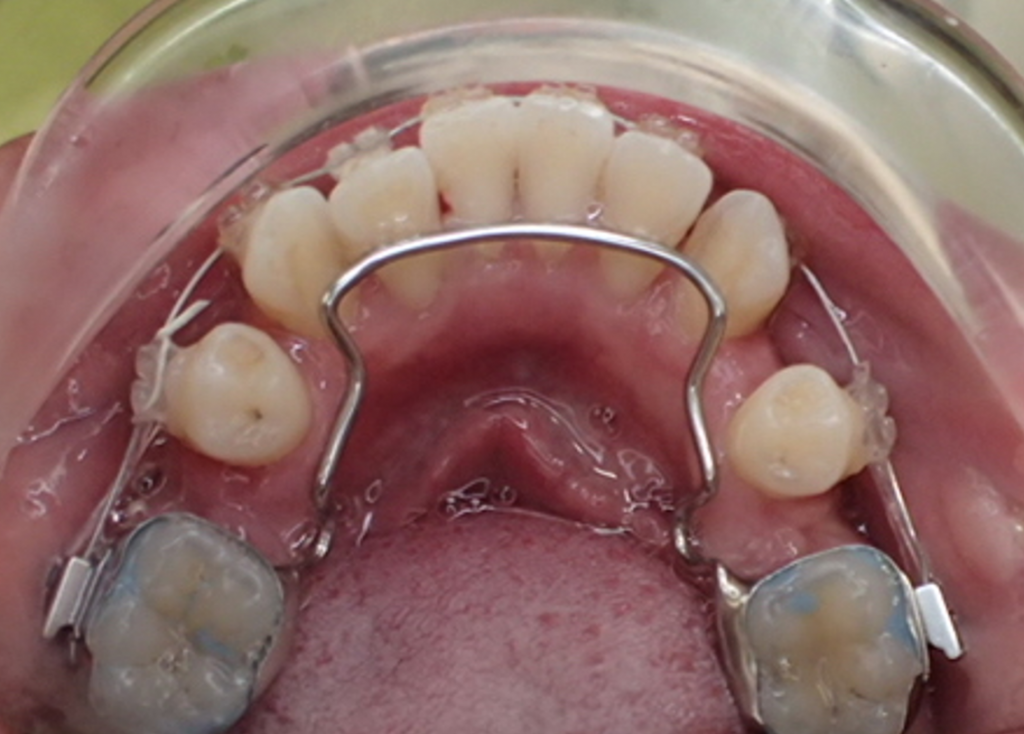
Figure 7 – lower alignment
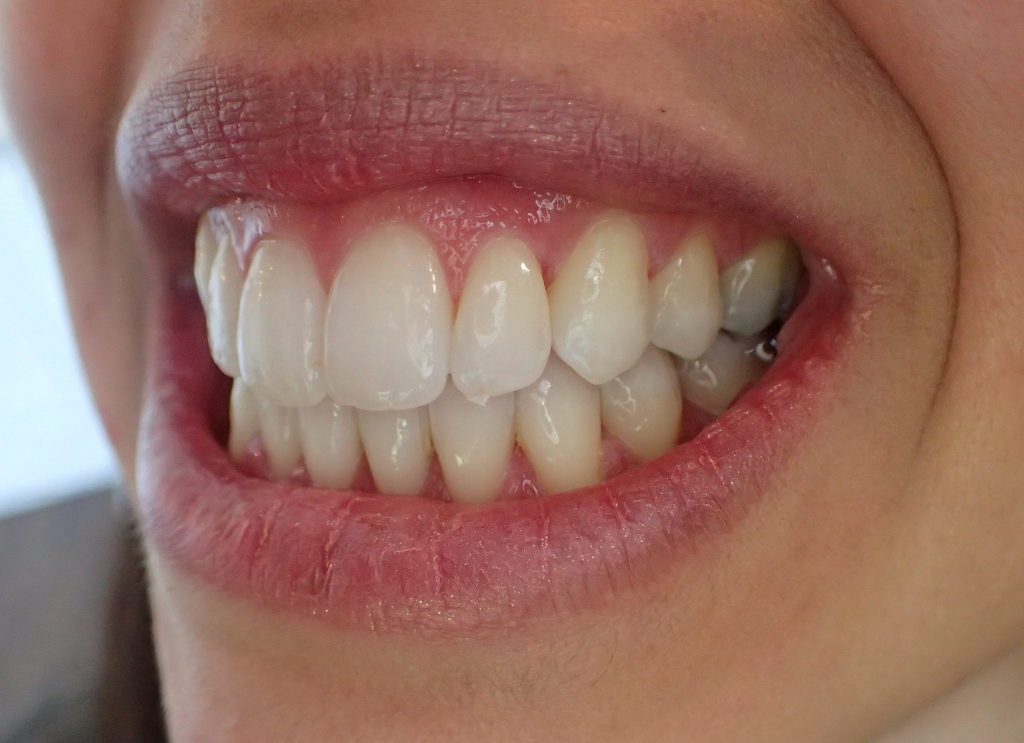
Figure 8 – post treatment left lateral
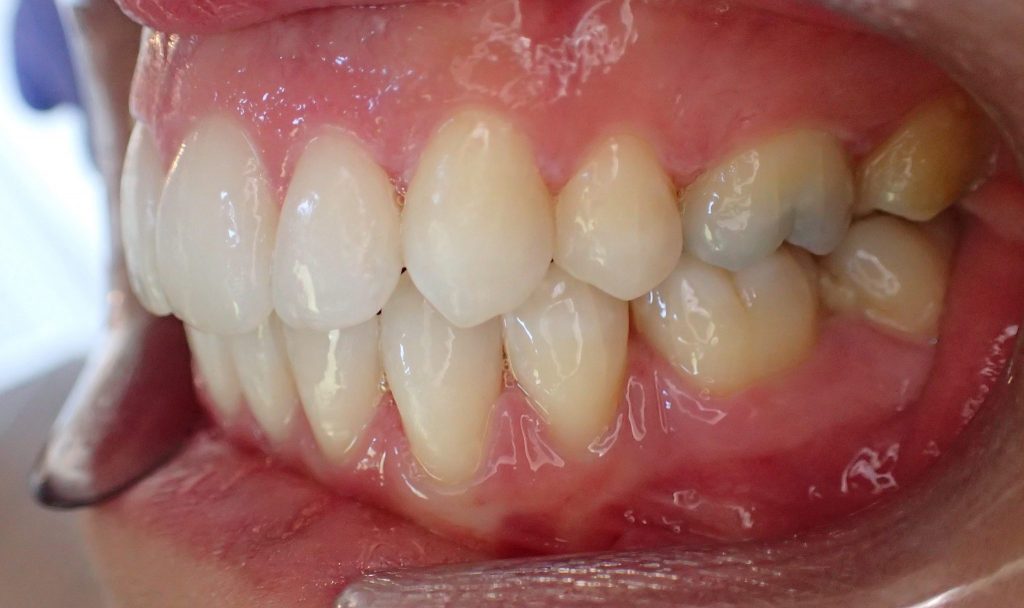
Figure 9 – post treatment left retracted
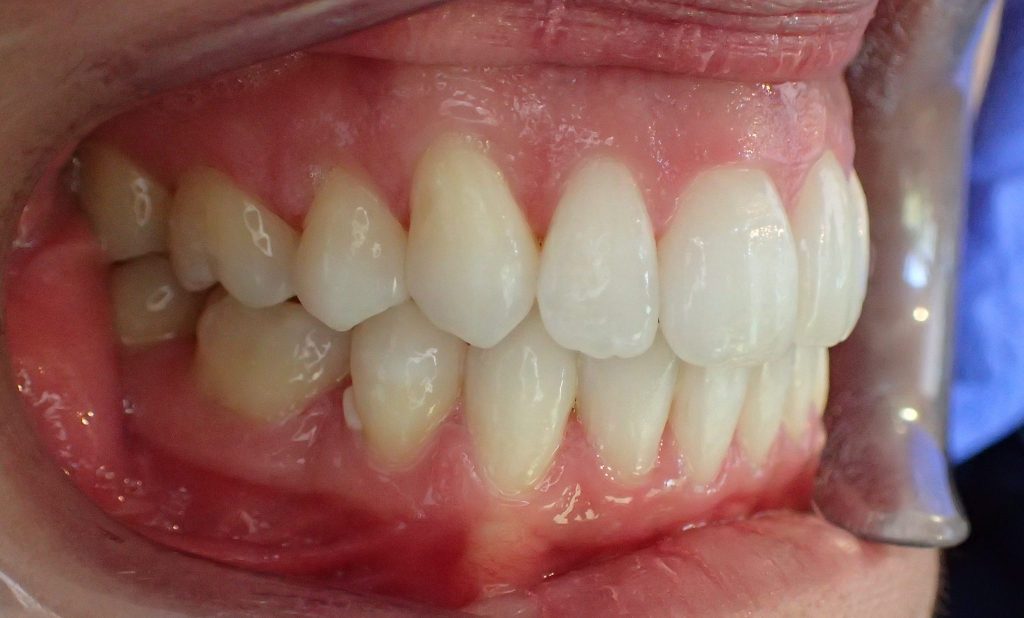
Figure 10 – post treatment right retracted
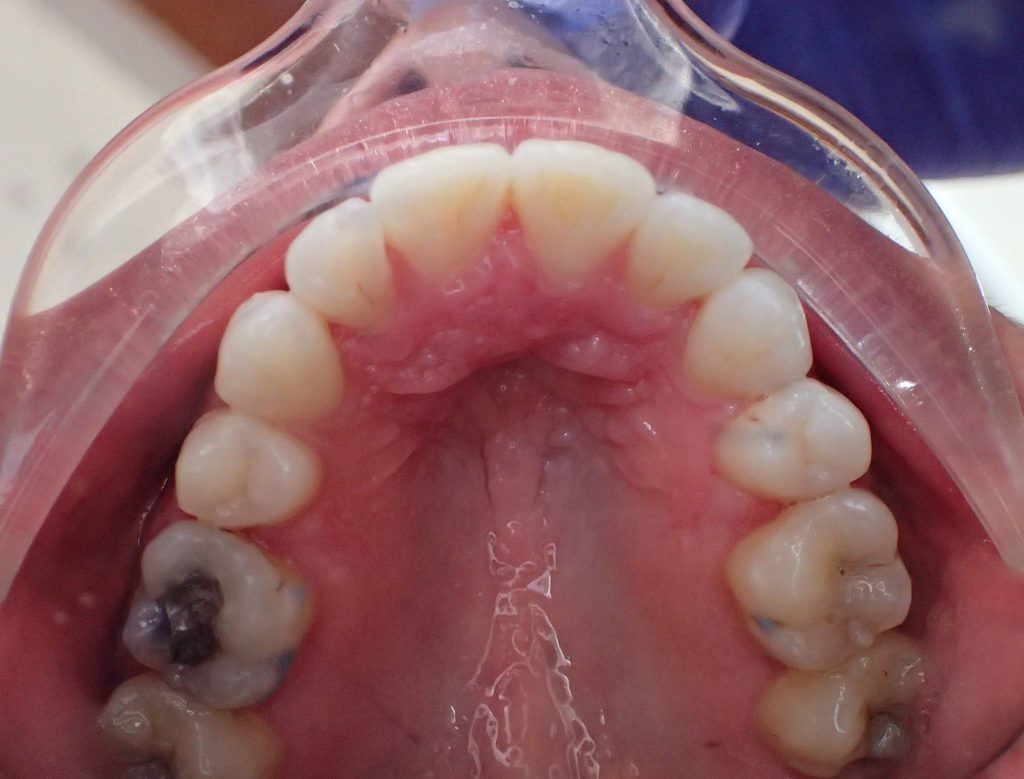
Figure 11- post treatment upper occlusal
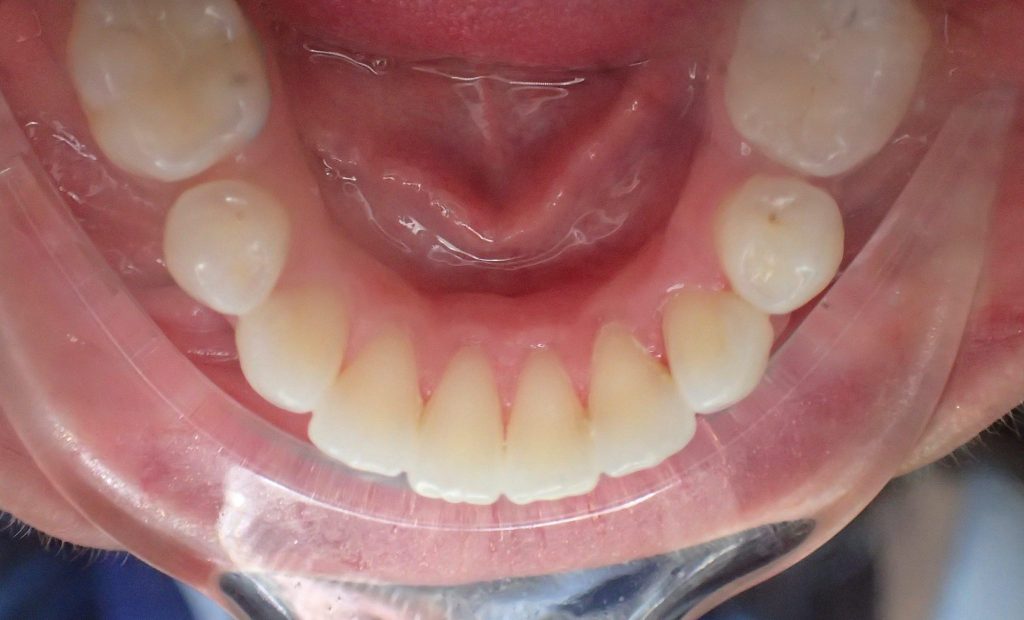
Figure 12 – post treatment lower occlusal
For more information on upcoming IAS Academy training courses, including those for the Inman Aligner and Aligner system, please visit www.iasortho.com or call 01932 336470 (Press 1)
For details of the mentorship opportunities from Dr McAree, please visit www.dentalbusinessmentor.co.uk or call 07896877827
Author bio:
Dr Grant McAree graduated from dental school in 1997 and opened The Whyte House Dental Surgery in Plymouth in 2001. He has since complete various postgraduate education in removable and fixed orthodontics, the ABB (Align, Bleach and Bond) concept, endodontics, restorative dentistry, dental implants, trauma, hypnotherapy for nervous patients and advanced facial aesthetic procedures. His dentistry now consists of 100% orthodontics thanks to the IAS academy.










